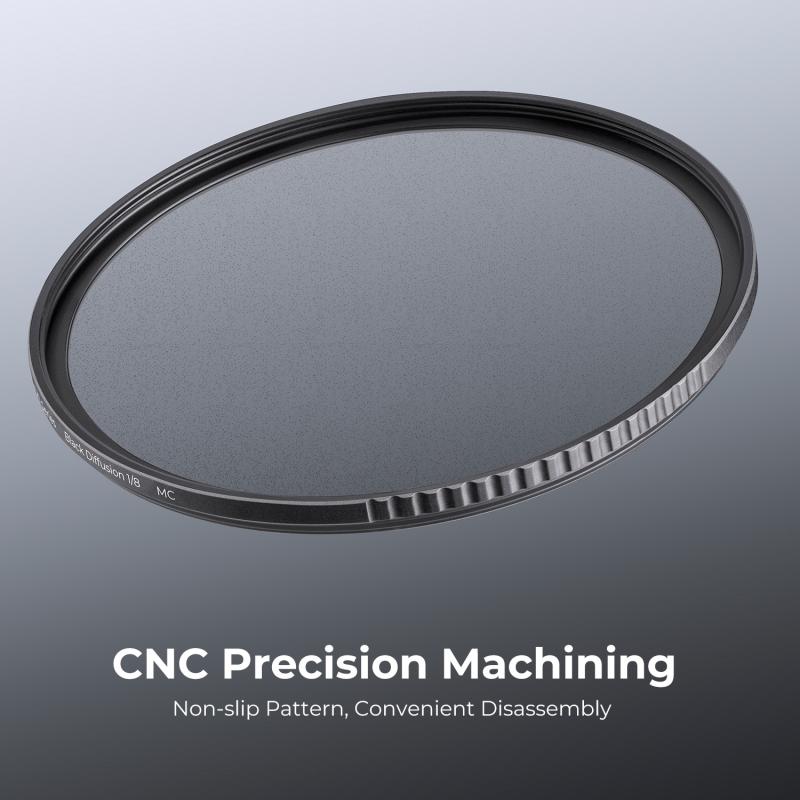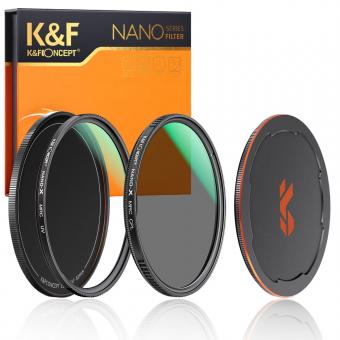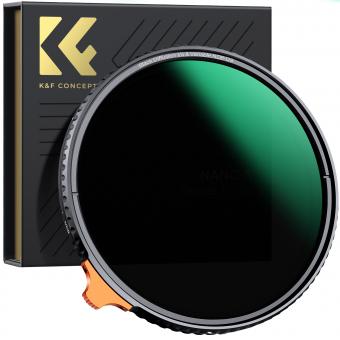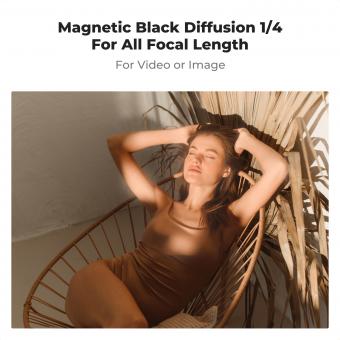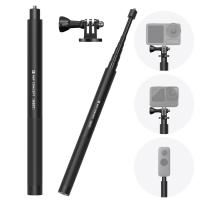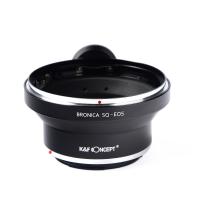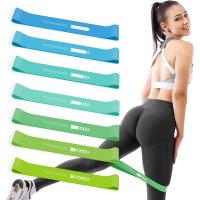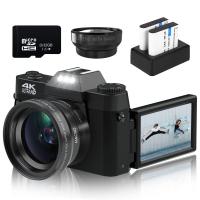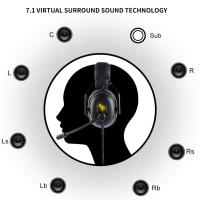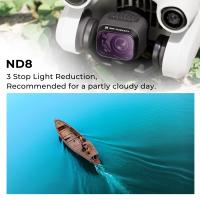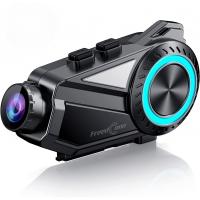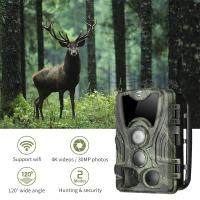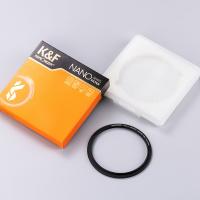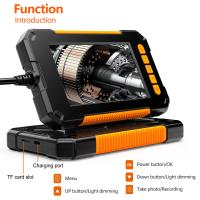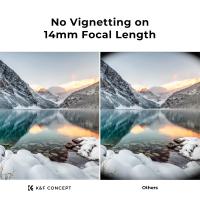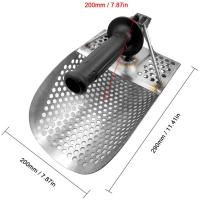Where To Place Uv Pond Filter ?
The UV pond filter should be placed in a location that allows for optimal water flow and exposure to sunlight. It is typically recommended to install the filter after the mechanical filtration system, such as a pond pump or skimmer, and before any biological filtration components. This placement ensures that the water passing through the filter is free from debris and allows the UV light to effectively kill algae and harmful microorganisms. Additionally, it is important to position the filter in a way that allows easy access for maintenance and bulb replacement.
1、 Placement considerations for UV pond filters
Placement considerations for UV pond filters are crucial to ensure optimal performance and effectiveness in maintaining a healthy pond environment. Here are some key points to consider when deciding where to place a UV pond filter:
1. Water flow: UV pond filters should be installed after the pond pump and before any other filtration systems. This allows the water to be properly circulated and filtered before it reaches the UV light. Placing the filter in this position ensures that the water is adequately treated and reduces the risk of algae and harmful bacteria growth.
2. Accessibility: It is important to place the UV pond filter in a location that is easily accessible for maintenance and bulb replacement. Regular cleaning and bulb replacement are necessary to maintain the filter's effectiveness. Consider placing the filter near the pond's edge or in an area where you can easily reach it without disturbing the pond's inhabitants.
3. Sunlight exposure: UV pond filters rely on ultraviolet light to kill algae and bacteria. Therefore, it is essential to position the filter in an area where it can receive direct sunlight. Avoid placing the filter in shaded areas or under trees, as this can reduce its effectiveness. However, be cautious of excessive sunlight exposure, as it can cause the filter to overheat. Providing some shade or using a UV filter with a built-in shade can help mitigate this issue.
4. Water depth: UV pond filters work best when the water passes through the unit at a slower rate. Placing the filter in a shallower area of the pond can help achieve this. Additionally, positioning the filter at a depth where the water is clear and free from debris will enhance its efficiency.
5. Consideration for other pond features: If your pond has other features such as waterfalls or fountains, it is important to consider how the UV pond filter will affect their operation. Placing the filter in a location that allows for proper water flow to these features is essential to maintain their functionality.
It is worth noting that the latest point of view in UV pond filter placement is the use of submersible UV filters. These filters are designed to be placed directly in the pond, eliminating the need for external placement considerations. Submersible UV filters are becoming increasingly popular due to their ease of installation and ability to provide effective UV treatment in a compact design.
In conclusion, proper placement of a UV pond filter is crucial for its optimal performance. Considering factors such as water flow, accessibility, sunlight exposure, water depth, and other pond features will help ensure that the filter effectively maintains a healthy pond environment.

2、 Optimal positioning for UV pond filters
The optimal positioning for UV pond filters is an important consideration for maintaining a healthy and clear pond environment. UV pond filters are designed to eliminate harmful bacteria, algae, and other microorganisms that can cause water quality issues. Placing the UV pond filter in the right location ensures maximum effectiveness and efficiency.
One of the key factors to consider when determining where to place a UV pond filter is the flow rate of the water. It is recommended to install the filter after the pond pump and before any other filtration systems. This allows the water to be properly circulated and filtered before it returns to the pond. Placing the UV filter in this position ensures that the water is exposed to the UV light for a sufficient amount of time to effectively kill the microorganisms.
Additionally, it is important to consider the direction of the water flow when positioning the UV pond filter. The water should flow through the filter in a way that maximizes the contact time with the UV light. This can be achieved by positioning the filter horizontally or vertically, depending on the specific model and manufacturer's recommendations.
Furthermore, it is crucial to protect the UV pond filter from direct sunlight. UV filters are designed to emit UV light, and direct sunlight can interfere with their effectiveness. Placing the filter in a shaded area or using a UV-resistant cover can help prevent this issue.
Lastly, regular maintenance and cleaning of the UV pond filter are essential for optimal performance. It is recommended to follow the manufacturer's instructions for cleaning and replacing the UV bulb to ensure that the filter continues to function effectively.
In conclusion, the optimal positioning for UV pond filters involves placing them after the pond pump, considering the direction of water flow, protecting them from direct sunlight, and performing regular maintenance. Following these guidelines will help ensure a healthy and clear pond environment.
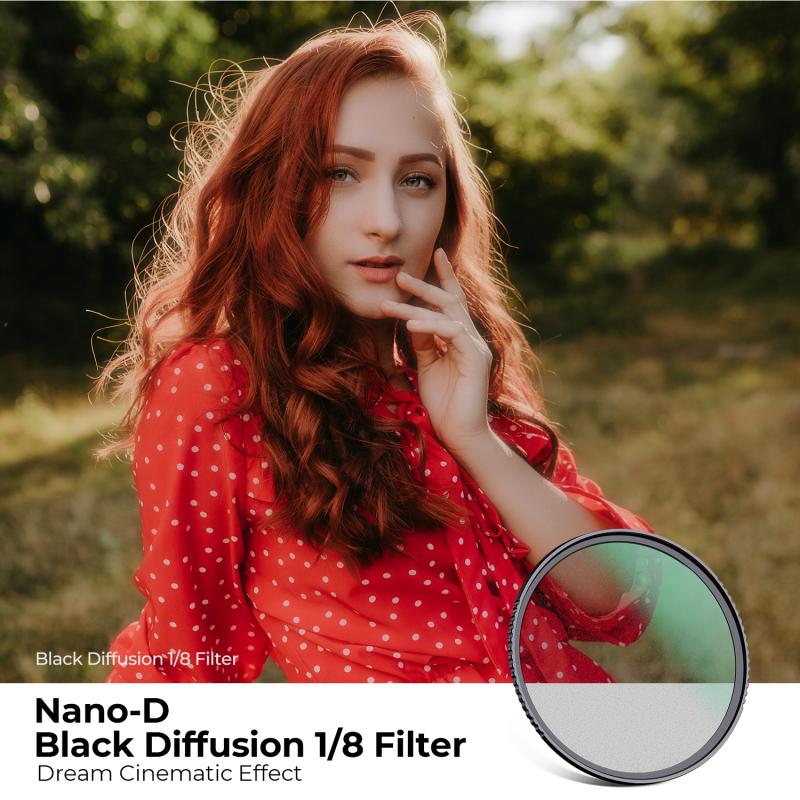
3、 Factors to consider when placing a UV pond filter
Factors to consider when placing a UV pond filter:
1. Water Flow: The placement of a UV pond filter should be in an area where there is adequate water flow. This ensures that the water passing through the filter is exposed to the UV light for a sufficient amount of time to effectively kill algae and harmful bacteria. Placing the filter near the water source or waterfall can help to ensure proper water flow.
2. Sunlight Exposure: UV pond filters rely on sunlight to activate the UV light and effectively kill algae and bacteria. Therefore, it is important to place the filter in an area that receives adequate sunlight. Avoid placing the filter in shaded areas or under trees that may block sunlight.
3. Accessibility: It is important to consider the accessibility of the UV pond filter for maintenance and cleaning purposes. Placing the filter in an easily accessible location will make it easier to clean the quartz sleeve and replace the UV bulb when necessary.
4. Distance from the Pond: The UV pond filter should be placed close enough to the pond to ensure that all the water is treated, but not so close that it disrupts the natural flow of the pond. A distance of about 10-15 feet from the pond is generally recommended.
5. Water Depth: The depth of the pond should also be considered when placing a UV pond filter. The filter should be submerged in water deep enough to cover the UV bulb and quartz sleeve, but not so deep that it becomes difficult to access for maintenance.
6. Consideration of Other Pond Equipment: If you have other pond equipment such as pumps or skimmers, it is important to consider their placement in relation to the UV pond filter. Ensure that the filter does not obstruct the flow of water from these devices.
7. Latest Point of View: In recent years, there has been a growing trend towards placing UV pond filters in a separate filtration system, rather than directly in the pond. This allows for easier maintenance and cleaning, as well as the ability to integrate other filtration technologies such as mechanical and biological filters. Additionally, placing the UV filter in a separate system can help to reduce the risk of damage from debris or wildlife in the pond.
In conclusion, when placing a UV pond filter, it is important to consider factors such as water flow, sunlight exposure, accessibility, distance from the pond, water depth, and the integration with other pond equipment. By carefully considering these factors, you can ensure that your UV pond filter is placed in the optimal location for maximum effectiveness and ease of maintenance.
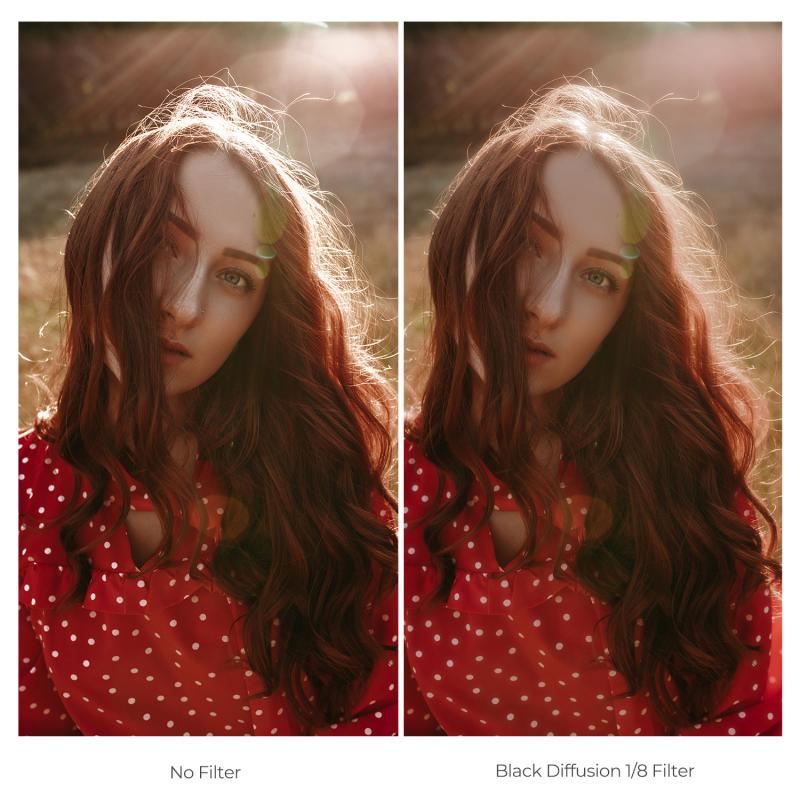
4、 Recommended locations for UV pond filters
Recommended locations for UV pond filters can vary depending on the specific needs of your pond and the type of filter you are using. However, there are a few general guidelines that can help you determine the best placement for your UV pond filter.
Firstly, it is important to place the UV pond filter after the mechanical and biological filtration systems. This ensures that the water has been adequately filtered of debris and organic matter before it passes through the UV light. Placing the UV filter after the mechanical and biological filters also helps to prevent the UV light from being blocked or obstructed by any particles or algae in the water.
In terms of physical placement, it is recommended to install the UV pond filter in a location where it will receive maximum exposure to sunlight. UV light is most effective in killing algae and harmful bacteria when it is exposed to direct sunlight. Therefore, placing the UV filter in an area that receives ample sunlight will enhance its effectiveness.
Additionally, it is important to consider the flow of water when determining the placement of the UV pond filter. The filter should be installed in a location where the water flow is slow and steady, allowing sufficient contact time between the water and the UV light. Placing the filter in an area with high water flow may reduce its effectiveness as the water may pass through too quickly for the UV light to have a significant impact.
Lastly, it is important to regularly monitor and clean the UV pond filter to ensure its optimal performance. This includes regularly replacing the UV bulb and cleaning any debris or algae that may accumulate on the quartz sleeve.
Overall, the recommended location for a UV pond filter is after the mechanical and biological filtration systems, in a location that receives ample sunlight and with a slow and steady water flow. However, it is always best to consult the manufacturer's instructions and consider the specific needs of your pond when determining the ideal placement for your UV pond filter.
